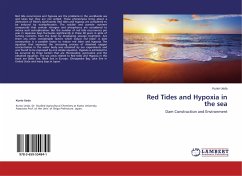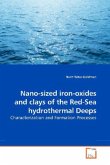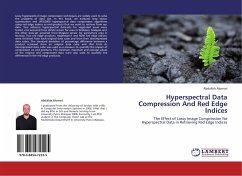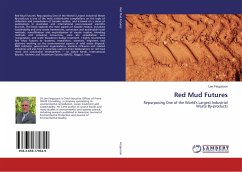Red tide occurrences and hypoxia are the problems in the worldwide sea and lakes but they are not settled. These phenomena bring about a diminution of fishery significantly. Red tides and hypoxia are considered to be induced by eutrophication. The soluble and particle nutrient compounds that contain nitrogen and phosphorus are considered to induce such eutrophication. But the number of red tide occurrences per year in Japanese bays fluctuates significantly in these 40 years in spite of cutting nutrients from the basin by developing sewage treatment. Are there any other considerable factors which induce red tides? A dam construction is a possible factor to induce red tides and hypoxia. The equation that expresses the increasing process of dissolved oxygen concentration in the water body was obtained by our experiments and was found to be expressed by one simple equation. Hypoxia is estimated to be occurred by three factors that are thermocline, pycnocline and the obtained equation. The sea areas related to Red tides and Hypoxia in this book are Baltic Sea, Black Sea in Europe, Chesapeake Bay, Lake Erie in United State and many bays in Japan.
Bitte wählen Sie Ihr Anliegen aus.
Rechnungen
Retourenschein anfordern
Bestellstatus
Storno








